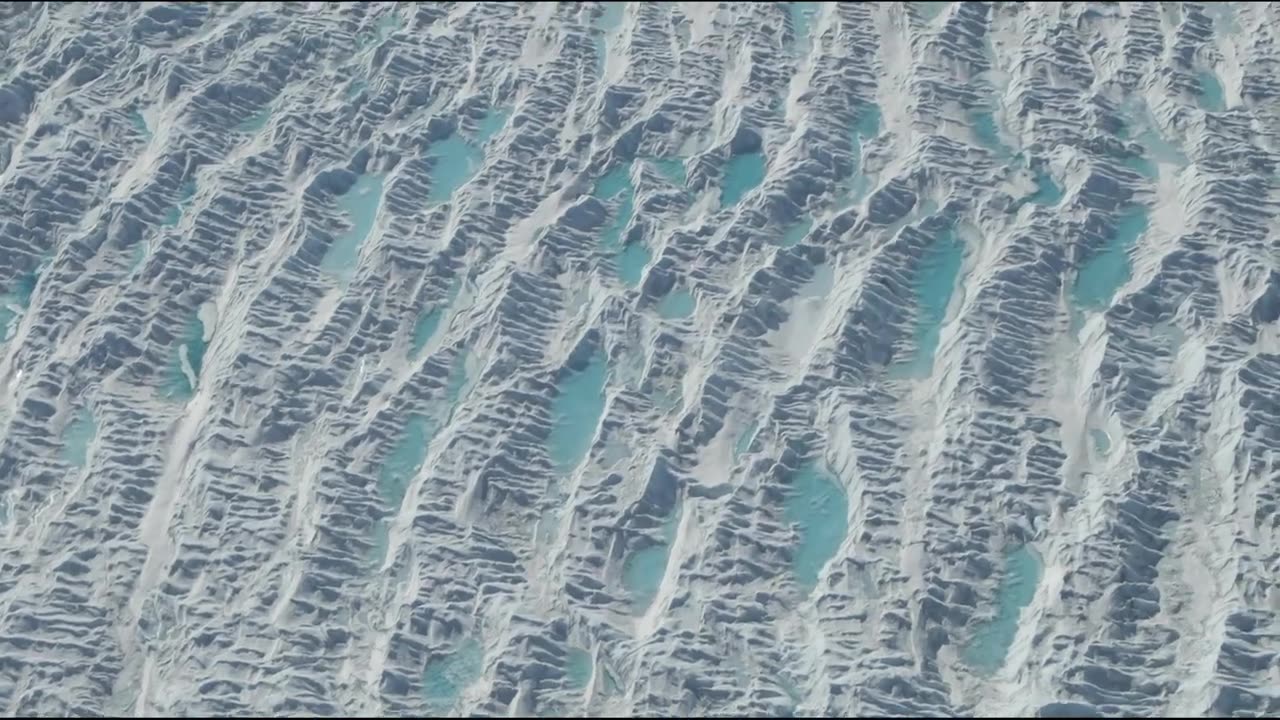Premium Only Content

NASA Explores Earth’s Connections
"NASA Explores Earth's Connections" seems to refer to a hypothetical or potential project, mission, or initiative by NASA that focuses on studying and understanding various interconnected processes and systems on Earth. While I don't have information on specific projects or initiatives beyond my knowledge cutoff date in September 2021, I can provide you with a general idea of how NASA has explored Earth's connections in the past and how they might continue to do so in the future.
NASA's Earth Science Division is responsible for studying our home planet and its interconnected systems, including the atmosphere, oceans, land, ice, and biosphere. This research is vital for understanding Earth's climate, natural hazards, and overall health. Here are some examples of how NASA has explored Earth's connections in the past:
Climate Change: NASA has been instrumental in monitoring and studying climate change by collecting data on temperature, greenhouse gases, and other key indicators. Satellite missions like the Earth Observing System (EOS) and the Orbiting Carbon Observatory (OCO) have helped scientists better understand the interactions between the atmosphere, oceans, and land in the context of climate change.
Earth System Modeling: NASA develops sophisticated computer models that simulate Earth's interconnected systems. These models help researchers predict how changes in one part of the Earth system can affect others. For example, changes in ocean temperature can impact weather patterns, and melting ice can contribute to sea-level rise.
Natural Hazards: NASA monitors natural hazards such as hurricanes, wildfires, and earthquakes using satellite observations. These observations provide valuable data for predicting and responding to disasters and understanding their broader implications.
Water Cycle: NASA's research into the water cycle involves studying the movement of water between the atmosphere, oceans, rivers, lakes, and groundwater. Understanding these connections is crucial for managing water resources and mitigating the impacts of droughts and floods.
Ecosystem Dynamics: NASA examines how changes in land use, deforestation, and urbanization impact ecosystems and biodiversity. Satellite imagery and remote sensing help scientists track changes in vegetation, land cover, and wildlife habitats.
Looking ahead, it's likely that NASA will continue to explore Earth's connections through innovative satellite missions, remote sensing technologies, and advanced computer modeling. The agency's ongoing commitment to understanding our planet's interconnected systems will contribute to our ability to address global challenges and make informed decisions for a sustainable future.
-
 LIVE
LIVE
SpartakusLIVE
1 hour ago#1 Hacker/Scammer PLUNGES into CRYPTO || !crypto !spartacoin
248 watching -
 53:15
53:15
Kimberly Guilfoyle
4 hours agoCalifornia Residents Demand Answers, Live with Rep Vince Fong, Mike Davis, and Paul Peterson | Ep. 188
30.4K40 -
 1:49:51
1:49:51
Redacted News
3 hours agoEMERGENCY! 10 MILLION UNDER FIRE WARNING & 100 MPH WINDS, NEWSOM UNVEILS CALIFORNIA 2.0 PLAN
108K126 -
 49:33
49:33
Candace Show Podcast
3 hours agoI Respond To Mr. And Mr. Macron | Candace Ep 131
73.3K157 -
 1:58:04
1:58:04
Revenge of the Cis
5 hours agoEpisode 1429: Catch And Release
26.5K2 -
 2:00:01
2:00:01
Film Threat
9 hours agoVERSUS: HOLLYWOOD IS STILL ON FIRE | Film Threat Versus
13.4K -
 12:33
12:33
Silver Dragons
4 hours agoSilver Price Crushed Today - NEW TREND STARTING?
13.5K1 -
 1:02:03
1:02:03
In The Litter Box w/ Jewels & Catturd
22 hours agoRecall Newscum & Bass! | In the Litter Box w/ Jewels & Catturd – Ep. 718 – 1/13/2025
88.7K36 -
 3:19:58
3:19:58
Tate Speech by Andrew Tate
10 hours agoEMERGENCY MEETING EPISODE 101 - STRENGTH AND HONOR
180K68 -
 1:48:09
1:48:09
The Quartering
7 hours agoLA Fires Are About To Get Way Worse, Trump Vs Vance On J6 Pardons, Brett Cooper Bombshell & More
112K45